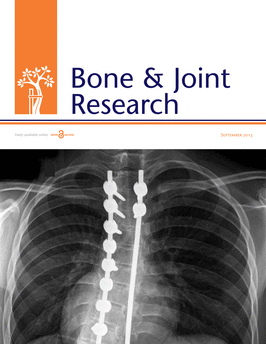
Single-shot plus continuous FNB versus single-shot FNB alone in total knee arthroplasty

Single-shot plus continuous FNB versus single-shot FNB alone in total knee arthroplasty
Femoral nerve infusion after primary total knee arthroplasty: a prospective, double-blind, randomised and placebo-controlled trial
Bone Joint Res. 2015 Feb;4(2):11-6Did you know you're eligible to earn 0.5 CME credits for reading this report? Click Here
OE EXCLUSIVE
Dr. M. C. Wyatt discusses single-shot plus continuous FNB versus single-shot FNB alone in total knee arthroplasty
Synopsis
One hundred patients scheduled for total knee arthroplasty under spinal anaesthesia and preoperative single-shot femoral nerve block were randomized to receive either continuous femoral nerve block with 0.125% bupivacaine for 48 hours after arrival to the postanaesthesia care unit, or to placebo saline. The purpose of this study was to evaluate the analgesic effect of continuous femoral nerve bloc...
To view the full content, login to your account,
or start your 30-day FREE Trial today.
FREE TRIAL
LOGIN
Forgot Password?
Explore some of our unlocked ACE Reports below!

Learn about our AI Driven
High Impact Search Feature
Our AI driven High Impact metric calculates the impact an article will have by considering both the publishing journal and the content of the article itself. Built using the latest advances in natural language processing, OE High Impact predicts an article’s future number of citations better than impact factor alone.
Continue



 LOGIN
LOGIN

Join the Conversation
Please Login or Join to leave comments.